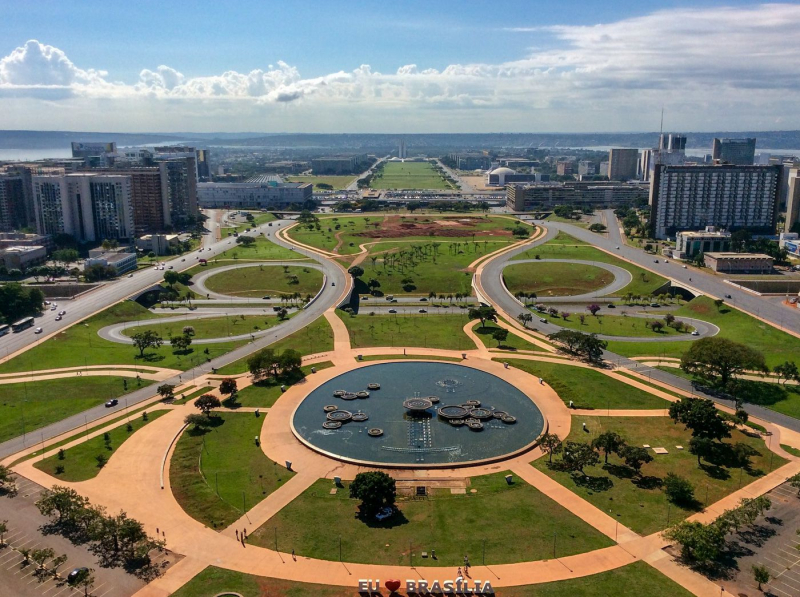Brasilia

Brazil's federal capital and the location of the Federal District government in Brasilia. The city was founded on April 21, 1960, to serve as the country's new capital. It is situated in the Central-Western area of Brazil, near the top of the Brazilian plateau. In particular, Rio de Janeiro served as the nation's capital from 1763 to 1960. National power during the period tended to be centered in the southeast of Brazil, close to Rio de Janeiro. In terms of the region, Brasilia's central location is more advantageous for a central federal capital. The first republican constitution of 1891 contains a provision that recommends moving the capital from Rio de Janeiro to a site close to the country's center. Jose Bonifácio, an adviser to Emperor Pedro I, came up with the scheme in 1827. He proposed a concept for a new city called Brasilia to the Brazilian General Assembly with the intention of relocating the nation's capital away from the densely populated southeastern corridor. It was designed by landscape architect Roberto Burle Marx, architects Lucio Costa and Oscar Niemeyer, and engineer Joaquim Cardozo.
The population of Brasilia and its metropolitan area was 2,556,149 in 2011, making it the fourth most populated city in the nation. Brazil's capital, Brasilia, has the highest GDP per capita among the continent's major cities in 2013.
In 1956, Lucio Costa and Oscar Niemeyer designed and built Brasilia to relocate the nation's capital from Rio de Janeiro to a site nearer the geographic center. The city plan is broken up into numbered blocks and sections reserved for particular uses, such as hotel complexes, banks, or embassies. Additionally, Brazil's capital city was chosen as a UNESCO World Heritage site because of its cutting-edge construction and distinctive creative urban design in 2017.










